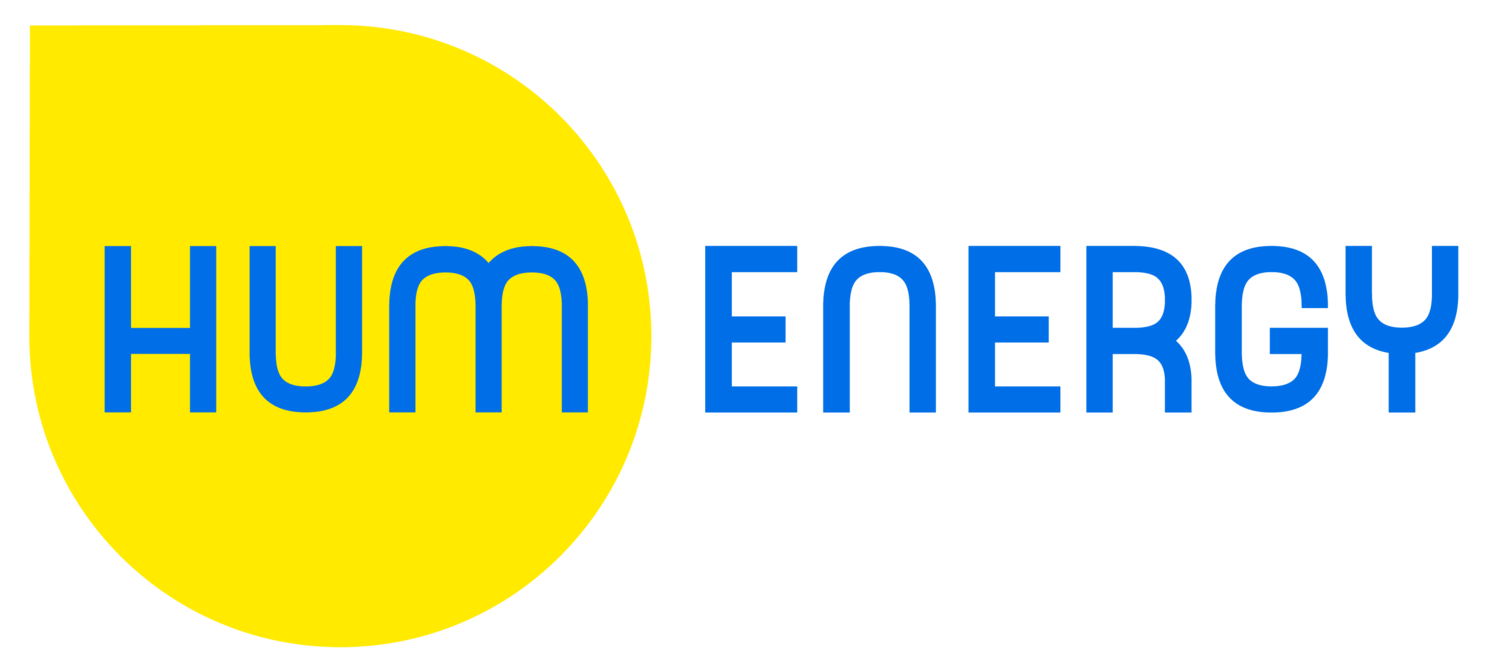Big power price savings confirmed in landmark official report
Lower prices.
It’s not a claim, it’s a fact.
The Australian Energy Regulator’s (AER) long running and comprehensive review of embedded networks has returned its draft decision.
It found customers achieved an average discount to the default market offer (DMO) of 14%.
This isn’t an industry report. This isn’t a Hum Energy report. This is the national body, responsible for regulating the entire electricity industry in Australia.
The AER has been investigating emotive claims of higher prices since 2023, and the draft results are overwhelmingly positive for embedded networks.
Not only did it find better price outcomes, but also the potential for community and grid benefits.
How does it work?
An embedded network, as the name suggests, is a private electricity network servicing a defined group of customers.
They are mostly found in apartment blocks, office towers, shopping centres and caravan parks.
Instead of all the customers connecting directly to the grid, the embedded network is the sole connection point.
Embedded network owners buy power (usually in a bulk discount) and distribute it to their customers.
Savings are passed on to everyone in the embedded network through discounted power prices.
Embedded network owners can also invest in solar power, batteries and EV chargers on behalf of all customers, delivering even greater savings.
Embedded network operators are exempt from complex regulations governing big electricity providers, because individual networks operate on a much smaller scale and simply couldn’t afford to comply.
Real life savings
Portia, Brighton on Broadwater, is a tower of 216 luxury apartments in Hum Energy’s hometown, the Gold Coast.
Prior to 2020, Portia did not have an embedded network.
Enter Hum Energy, which outlaid the capital and took on the risk, to deliver the private electricity network. It opened in 2021.
It’s important to note, that 86% of apartment owners supported the transition to an embedded network.
And it’s paid dividends for them.
In four years, they have saved a collective $360,000 in electricity costs. That’s $2,500 per apartment.
The savings are already big, but will continue to grow over time, as Hum Energy locks in longer time, fixed price wholesale electricity.
Right now, Portia residents are paying around 40% on the default market offer (DMO), reducing a $2,000 annual bill to $1,200.
These aren’t projected savings. This is a real example, with real results..
A growing solution
More and more building and strata managers are turning to embedded networks, to deliver savings for their owners and tenants.
As at April 2025, Queensland had the most retail exemptions in Australia, with almost 2,500 embedded networks. That equates to an estimated 190,000 Queenslanders.
Assuming no change in the draft determination when the AER delivers its final report, expect this number to keep rising.
But there is one drawback. There’s a 12-18 month approval process.
Now the benefits of embedded networks have been recognised by the regulator, that process needs to be streamlined and fast-tracked.
It will give greater confidence to a growing industry and share the financial benefits to more Australians.
The AER also found benefits for the grid and the community, because embedded networks are usually more energy-efficient and the private sector picks up the tab for more infrastructure.
The faster the approvals process, the sooner these benefits will build.
Future changes
To be upfront, the AER did make recommendations to tighten some guidelines around embedded networks.
Hum Energy actively supports and encourages those recommendations, including:
Family violence policy
Exempt sellers will be required to develop, implement, maintain and comply with a family violence policy.
Increasing exempt seller visibility
New notification requirement - exempt sellers to notify the AER, within 20 business days, any revised contact details for the exempt seller’s authorised representative.
These changes make sense.
Transparency is important to Hum Energy. We want our customers to know what we offer, because we know they are getting a great deal.
It’s time to embed embedded networks
Embedded networks are here to stay. It’s time to embed them into our everyday thinking about providing power to Australians.
We know other nations around the world are making the most of them and building resilience in their electricity grids. We know how they are using embedded networks and microgrids to increase their renewable energy sources.
The benefits right here in Australia have now been proven.
Portia shouldn’t be a case study.
Portia should be the norm.
Portia power is a model we can all get behind.
Humenergy provides lower cost, more transparent energy solutions for Residential and Commercial Strata Communities. We work with Property Developers and Body Corporates to create win-win energy solutions that benefit developers, owners, and residents alike.
Humenergy purchases the gas in bulk and on-sell hot water to the residents at low energy rates, additionally Hum can supply and install best in class remote sub-metering systems.
If you wish to look into our solutions for Bulk Hot Water and sub-metering, get in touch with the Hum team today.

